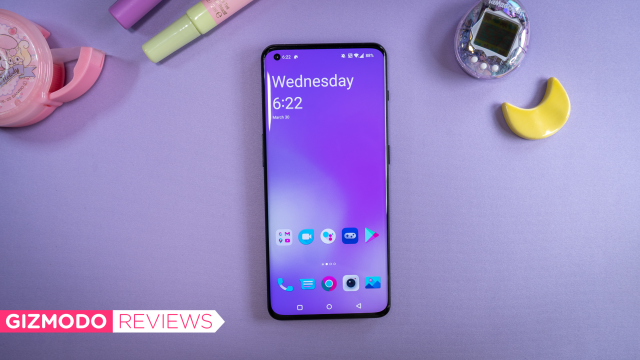What is happening to OnePlus? This year, the brand scaled down on its flagship launch to the singular OnePlus 10 Pro. The upside is that there’s only one OnePlus model to consider among the sea of Android smartphones currently offered. The downside is that OnePlus’s options have become severely limited.
We’re in the midst of a weird time for Android. We lost some brands and gained some new ones that have yet to show off their wares. One of those brands that changed trajectories was OnePlus, which lost its co-founder, Carl Pei, to another startup hoping to show up the Apple iPhone later this year. That’s left the rest of us wondering what would happen to OnePlus since its parent company, Oppo, announced plans for “deeper integration” of its ecosystem. If the OnePlus 10 Pro is any indication, the brand will likely maintain its place as another Android alternative. But this latest smartphone certainly doesn’t shine as bright as when we said this was a brand on its way to becoming a true Samsung rival.
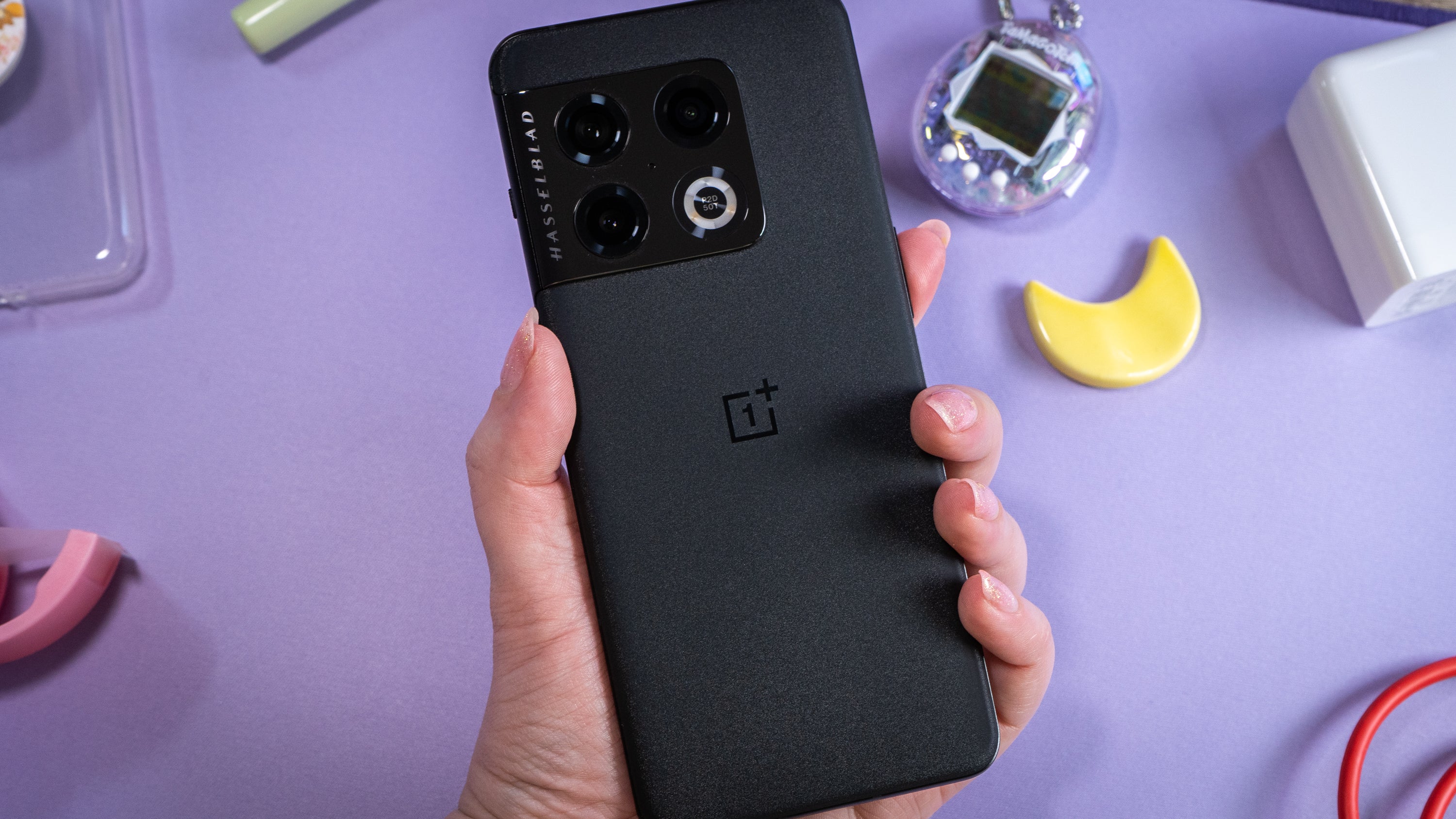
OnePlus 10 Pro
What is it?
OnePlus's flagship Android smartphone
Price?
Starts at $US900 ($1,249)
Like
Cameras are nighttime capable, long battery life, alert slider (the best!)
Dislike
Limited storage space and memory, few colour options
It’s the little things
The OnePlus 10 Pro has been on the market in China since January, but now it’s available stateside. Rather than two variants, OnePlus has decided to only lead with one flagship device, dubbing it a “Pro” version from the get-go.
The OnePlus 10 Pro comes in two colours: Emerald Forest and Volcanic Black, the latter of which is what the company sent over for review. The phone features exaggerated rounded edges like the regular Galaxy S22 series. Its backside is semi-matte, and I personally appreciate that OnePlus has strayed away from the shiny rears it featured on its last two phone releases, the OnePlus 8 and OnePlus 9 series.
The rear-facing camera module pops out of the back like the Google Pixel 6. It houses three camera lenses: a primary 48-MP camera with OIS and an f/1.8 aperture, an 8-megapixel telephoto camera with OIS, and a 50-MP ultra-wide camera with a 150-degree field of view, which doubles as a fish-eye lens if you’re in the mood. There’s also a 32-megapixel front-facing camera on the front of the device, placed in the upper left-hand corner like on previous OnePlus devices. I’ll get into the performance of these four cameras in a bit.

The OnePlus 10 Pro sports a 6.7-inch QuadHD Fluid AMOLED display with a maximum brightness of around 480 nits. The screen size is slightly taller than the Galaxy S22+, as is the OnePlus 10 Pro’s chassis. The display features a maximum refresh rate of 120Hz, though OnePlus offers a native rate-adjusting mechanism that corresponds with the content you’re watching on screen.
Inside, the OnePlus 10 Pro’s hardware is similar to the rest of the global Android competition. It includes hardware like the Qualcomm Snapdragon 8 Gen 1 processor and 8GB RAM. I am a little bummed that we don’t have the option of a 12GB variant available here, as that was par for the course for OnePlus’s last two phone releases and part of the reason I preferred its phones over the competition. Even Motorola is offering the option with the Edge+. The difference is minimal to the everyday smartphone user, but it is palpable after you’ve had a year to fully “move into” the device and clog it up with apps and things. The OnePlus 10 Pro also only offers 128GB of storage, which is about half of what I’ve been operating with these last couple of years. After transferring the mass of my images and videos over, I only had 16GB of storage left. You might not like the limitation if you’re a local-storage media hoarder like me.
Our synthetic benchmarks placed the OnePlus 10 Pro’s abilities at the bottom compared to its closest competitors; the Galaxy S22 Ultra, S22+, Xiaomi 12 Pro, and Motorola Edge+, which all feature the same processor. However, most of those review units also run on 12GB RAM, which helps explain the OnePlus 10 Pro’s slower numbers. (Samsung was also caught throttling the numbers during our initial testing period, which has resulted in some open-ended questions regarding the validity of the latest Snapdragon 8 Gen 1 benchmarks.)
Regardless, I had no performance issues during my time with the OnePlus 10 Pro, despite the lesser memory offering. I watched Degrassi on HBO Max in split-screen mode while chatting in Discord on the other side. The OnePlus 10 Pro was an excellent Pokemon Go companion, and we even had a Saturday night where we went down a few TikTok rabbit holes with ease.
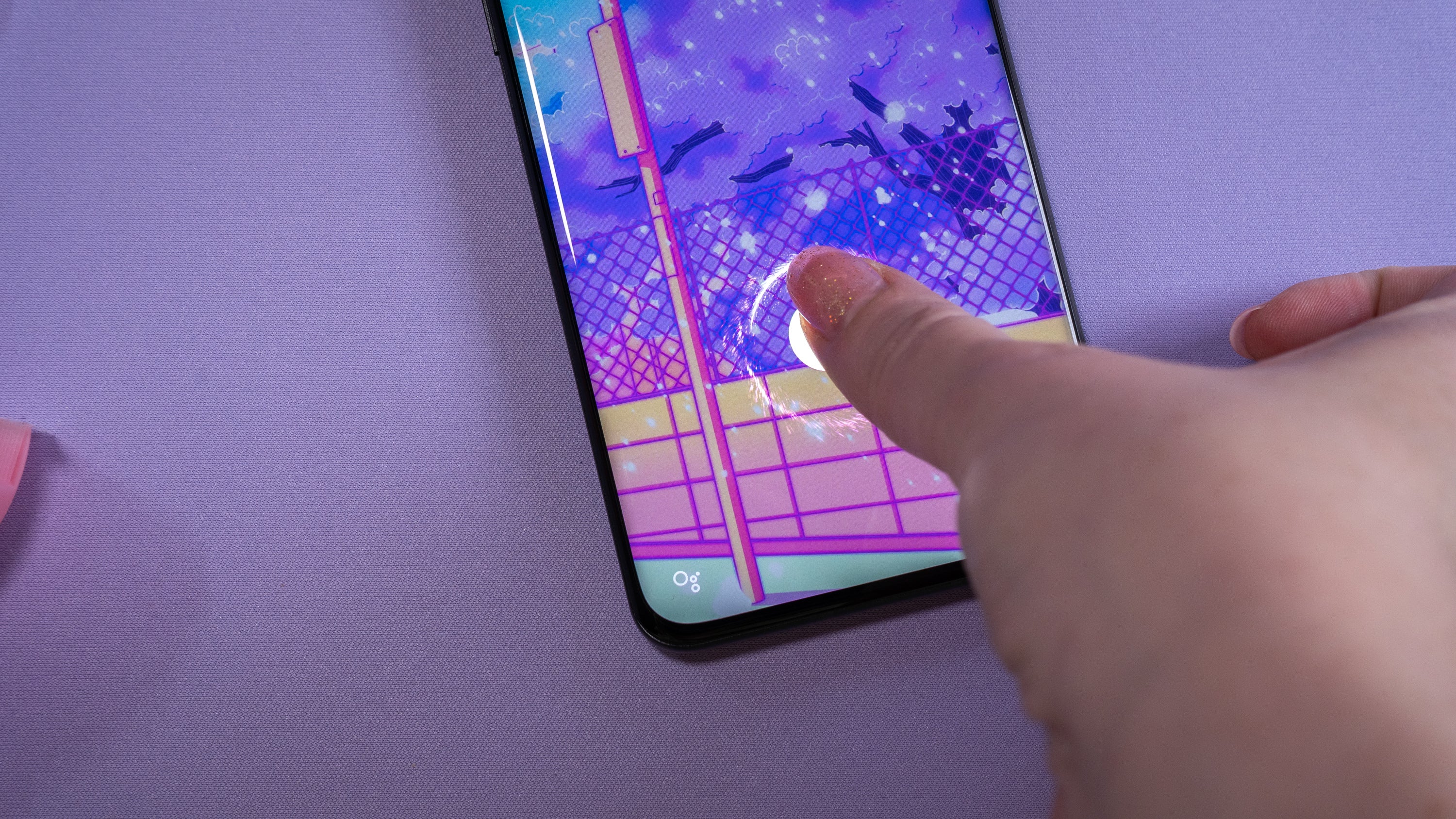
The OnePlus 10 Pro also offers impressive battery life. The 5000 mAh battery pack lasted 17 hours and 18 minutes in our battery rundown test. That’s an hour longer than the Samsung Galaxy S22 Ultra and Xiaomi 12 Pro, which have similar-sized batteries. The OnePlus 10 Pro is quick to charge, too, with its maximum 65-watt charging speed and 50-watt wireless charging.
There are a few other notable aspects of the OnePlus 10 Pro you might prefer over other smartphones. Namely, there’s the handy volume switch on the right side of the device, which you can use like on the Apple iPhone 13 to silence your ringer and media volume quickly. The under-display fingerprint reader also makes a comeback, though facial unlock is available. But perhaps my favourite part of the OnePlus 10 Pro, which Samsung and Google’s devices do not offer, is that the volume rocker and power button are split up on either side of the phone instead of being placed next to each other. This makes it so my right hand, which is my dominant hand, can easily grip the device to take a screenshot. It’s the little things.
The only camera you need

Let’s dive into what you came here to see: the camera samples. The OnePlus 10 Pro’s primary camera is a “custom-built” 48-MP Sony IMX789 sensor, which the company says is exclusive to its devices. The second telephoto camera can capture up to 30x digital zoom and includes optical image stabilisation to help make up for the fact that it’s zooming in digitally and not, say, optically. The ultra-wide camera goes up to a 150-degree field of view, making for a neat fish-eye effect that you’ll have to manually transition to if you want to use it in the camera app. All three of the rear-facing lenses shoot in full 10-bit colour.
The OnePlus 10 Pro’s telephoto camera is definitely behind compared to the Galaxy S22 Ultra’s, considering Samsung couples two of them into its ultimate device. The 8-MP telephoto tops out at 3.3x optical zoom, so you won’t be taking eye-popping moon photos as you can with Samsung’s beefiest flagship. At the very least, OnePlus significantly improved its nighttime algorithm, and the OnePlus 10 Pro was capable of taking dramatic stormy sky shots. This is the first time since using the OnePlus 8 that I don’t mind sharing nighttime photos.

The OnePlus 10 Pro had no problem with the night shot on a tripod, and the camera app immediately flipped into a long-exposure mode to keep the sensor open for about a minute to extract data. The result was a photo that looked bluer than the Pixel 6 Pro’s Night Sight and a little less exposed than the Galaxy S22 Ultra.

Indoors without a tripod, the OnePlus 10 Pro shows its limitations. I had a hard time getting a steady photo with my shakey hands. If you zoom in, you’ll see that only the Pixel 6 Pro could figure out how to make the shot, while the Galaxy S22 Ultra’s result was more set on sharpening the photo. These shots can help us see how different algorithms are programmed to work their magic.

Outdoors, the OnePlus performed better than I expected. I took plenty of bright, sunny day photos, and they looked great, though they required a little check beforehand for blurry faces before zooming in. I noticed a little clipping, too, when shooting past the optical zoom limit.
The colour temperature difference between the OnePlus 10 Pro, Pixel 6 Pro, and Galaxy S22 Ultra is especially apparent on cloudy days. There’s more of a yellow tinge to OnePlus’s photos compared to Google’s snaps (which seem more neutral in lighting) and Samsung’s images are just a little more saturated than the other two. Still, I’d take any of these photos to Instagram or print them to a Google Photos album. It’s a testament to how much better Android smartphone cameras have become in recent years. The OnePlus 10 Pro is perfectly capable of being the only camera within your reach.

OnePlus’s front-facing 32-MP camera was just as pleasing to shoot with, and it can handle your thirsty selfies or ranty TikToks. I also tried the automatic portrait mode with the rear camera, and while it’s gotten better at blurring out the scene than how it performed on the OnePlus 9, it’ll still require you to take a few shots before you end up with one you like.
The OnePlus 10 Pro is slightly aggressive in its daytime saturation. If it’s too much for you, the camera does offer a Hasselblad-branded Pro mode of sorts, featuring live edits and an automatic focus mode so that you’re just adjusting bits of the photo rather than the entire scene. But unless you know what you’re doing, it can be too much to deal with when you’re without a tripod or simply trying to get the shot.
Anyway, if photo and colour accuracy are what you’re really into, you can shoot a couple of photos with the OnePlus 10 Pro’s included RAW mode and make the editing happen in an external app like Adobe Lightroom. You can also check out the Long Exposure mode for low-light shenanigans, which lets you set how long the shutter should stay open for a photo.
Video recording remains enjoyable with the OnePlus 10 Pro. I have taken hundreds of videos between the OnePlus 8 and OnePlus 9 units that I’ve wielded in the past, and I’m pleased to see the company hasn’t strayed from its stabilisation capabilities. The OnePlus 10 Pro can record in 4K up to 120 frames-per-second (fps) and 8K at 24 fps.
A different kind of Android

Every Android user knows what they like. Some of us like to use Google’s version of the operating system with its Pixel devices, ensuring timely software updates and freshly-out-of-beta Android features that everyone else has to wait a while to get. Other users like Samsung’s One UI because the company adds a bunch of minor software tweaks to make it a more palatable experience, including the quite-capable Samsung DeX mode.
OnePlus does the same with its version of Android 12, or OxygenOS 12.1. Admittedly, it’s messy once you first take it out of the box and set it up. I transferred over all my files and applications from the older OnePlus 9, and once set up finished, every app was splayed out on the Home screen rather than filed away into the app drawer.
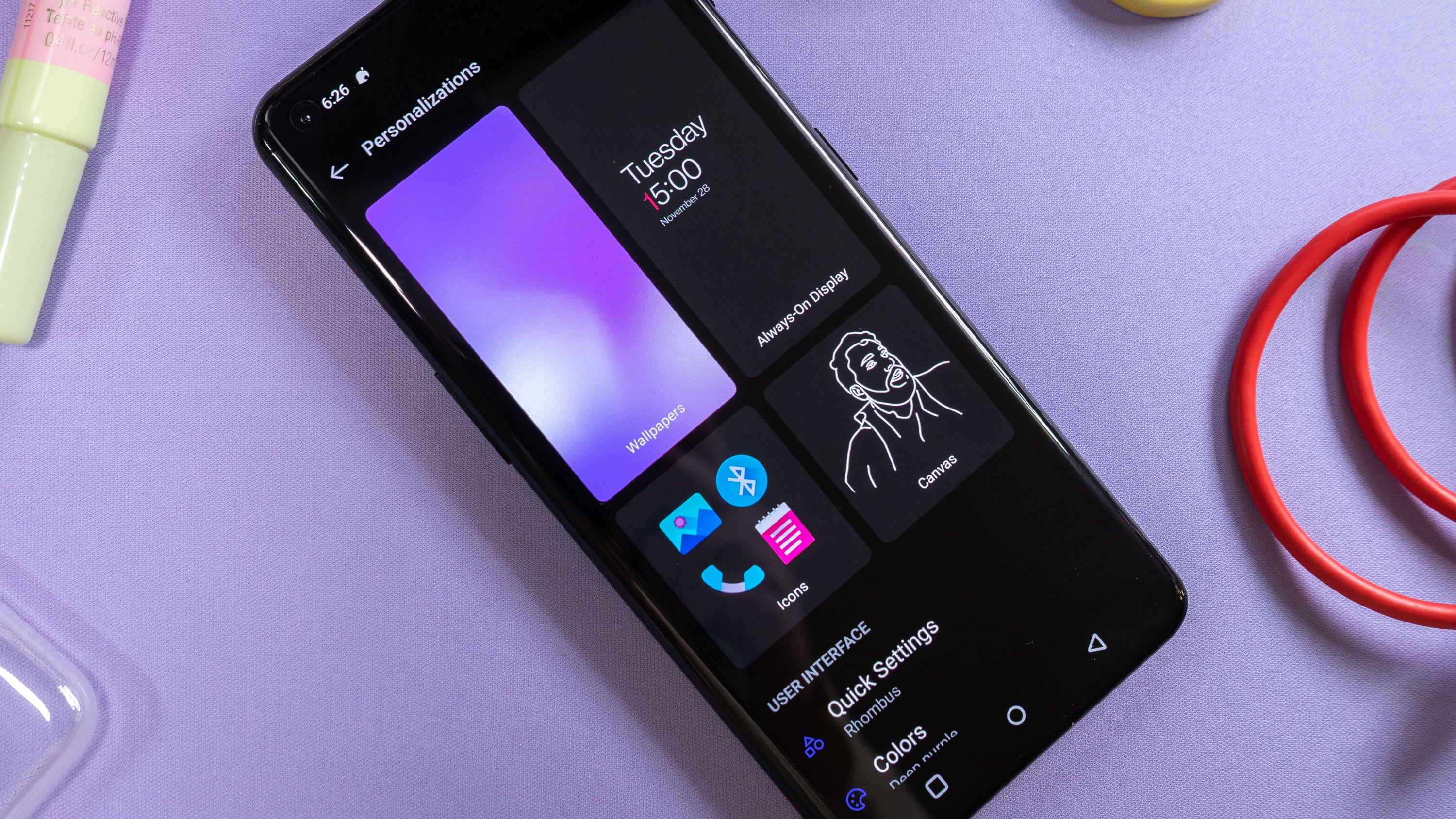
OnePlus offers many helpful UI features without overdoing it. I like the ability to swap out icons through the native launcher and select which colour scheme you want throughout the interface. However, it doesn’t have the same Material You-style colour extraction selection process, which you might feel you’re missing out on if you were a fan of the Pixel 6’s flowery marketing. I’m just relieved it didn’t convert over to Oppo’s ColorOS, which is what we were all fearing.
One feature I didn’t expect OnePlus to be so aggressive about this time around is the Shelf, a widget-filled landing page of sorts that pops up when you slide down from the top corner of the screen. It’s especially sensitive to swipes, but thankfully there’s an off switch for this feature.
As for software updates, OnePlus has committed to three years of Android OS updates and four years of security updates for all of its smartphones after the OnePlus 8. This is similar to Google and Samsung’s update policies.
Another Android alternative
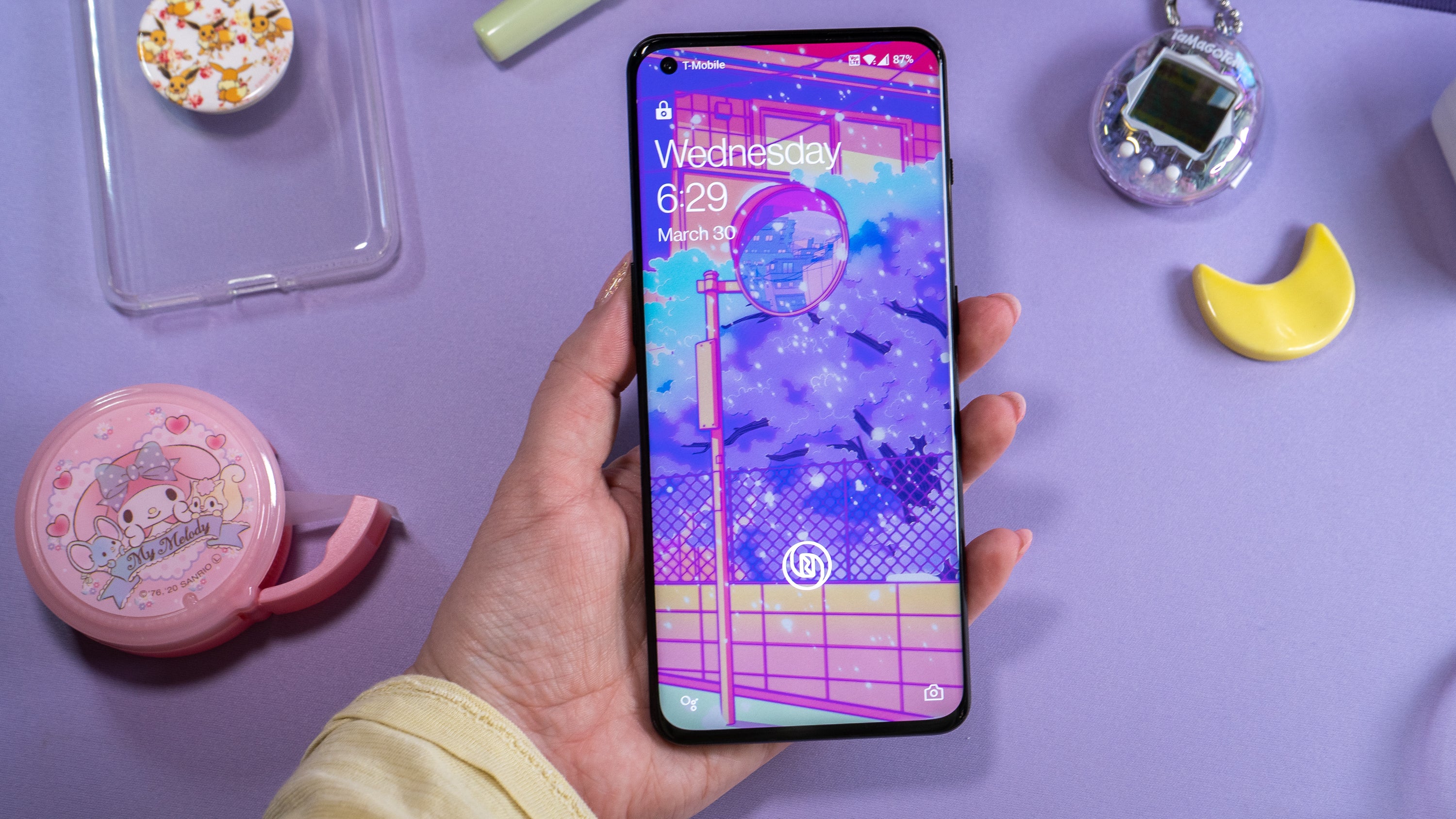
The OnePlus 10 Pro is a perfectly solid Android device. There’s nothing particularly outstanding about it, but it’s capable enough that it’s an option if you don’t like the look and feel of Samsung and Google’s respective phones. I would have preferred a higher storage offering for OnePlus’s single SKU, which feels like a move that indicates the company is figuring out if there’s any brand loyalty in the U.S. market.
That being said, you have to really want to wield a OnePlus smartphone to choose the OnePlus 10 Pro over Google’s Pixel 6 and Samsung’s Galaxy S22 series — especially considering the $US900 ($1,249) price point. You can get the 128GB Google Pixel 6 Pro with 12GB RAM and a better nighttime camera for the same amount of money. For $US100 ($139) more, you can also get the Samsung Galaxy S22+ with the same amount of memory and 256GB of storage space. The choice is simple: which Android brand are you?
Editor’s Note: Release dates within this article are based in the U.S., but will be updated with local Australian dates as soon as we know more.
